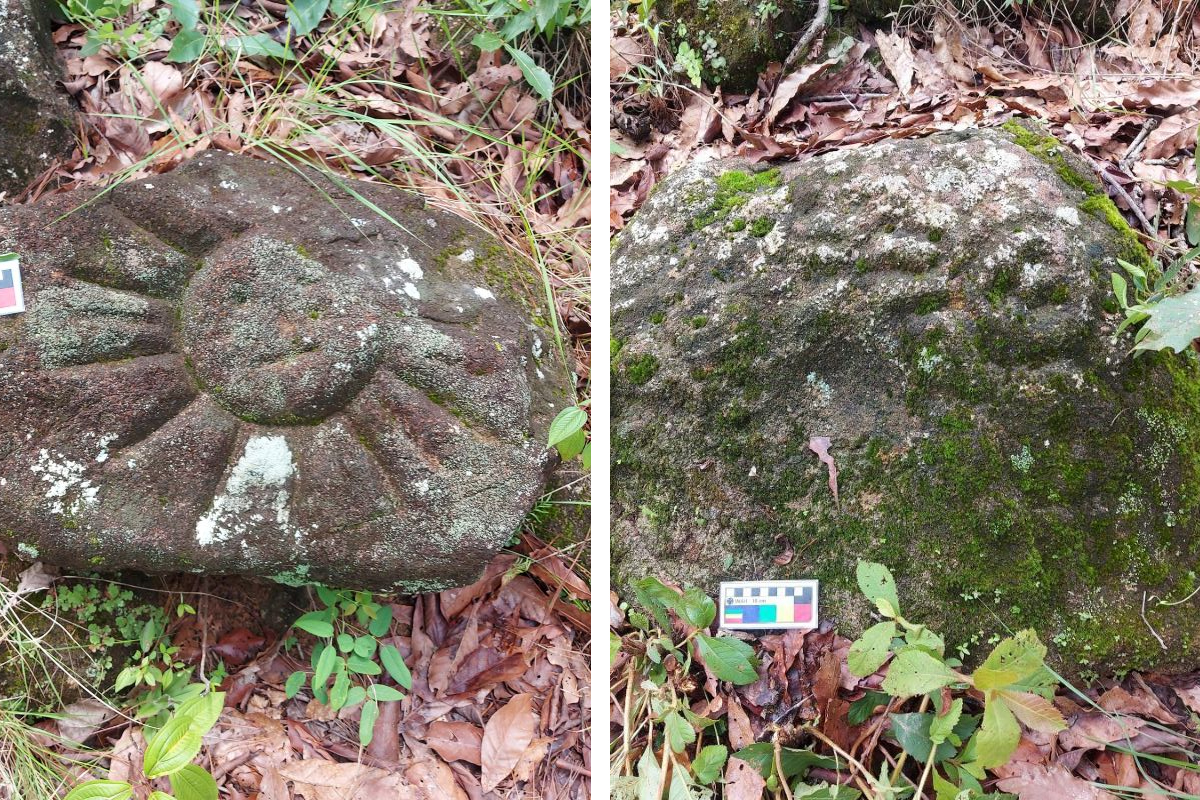Archaeologists from the National Institute of Anthropology and History (INAH) have conducted a study of Piedra Letra, located on a hill overlooking Huehuetónoc in the Mexican state of Guerrero.
According to the study, Piedra Letra is a sacred ceremonial site associated with the Amuzgo, Mixtec, and the now-extinct Ayacatecan groups.
The monument consists of a broad platform and a rocky outcrop carved with petroglyphs that span from the Early Postclassic (AD 650–1150) to the Late Postclassic period (AD 1150–1521).
The petroglyphs depict spirals, water drops, ballcourt models, jaguars, and human figures with feathered headdresses.
Archaeologists suggest that the symbolic meaning of these depictions is closely tied to fertility, rainmaking, and timekeeping. One especially vivid motif shows a sun with a face, believed to represent rituals linked to the solar calendar and agricultural cycles.
The study also recorded monumental architecture at nearby sites. At San Cristóbal, archaeologists found mounds, granite stelae reaching two metres high, and engraved stones with spirals and circles.
At Guadalupe Mano de León, they documented a platform with wall remains and a carved stone axe. These discoveries highlight the region’s role as a cultural crossroads and expand what is known about its pre-Hispanic past.
“Today, Tlacoachistlahuaca remains a diverse cultural hub, home to Amuzgo and Mixtec communities, with historic ties to Nahua groups. The petroglyphs documented here are considered the earliest known rock art in the municipality and will be compiled into an iconographic catalog to strengthen local identity,” said the study authors.
Header Image Credit : INAH
Sources : National Institute of Anthropology and History







